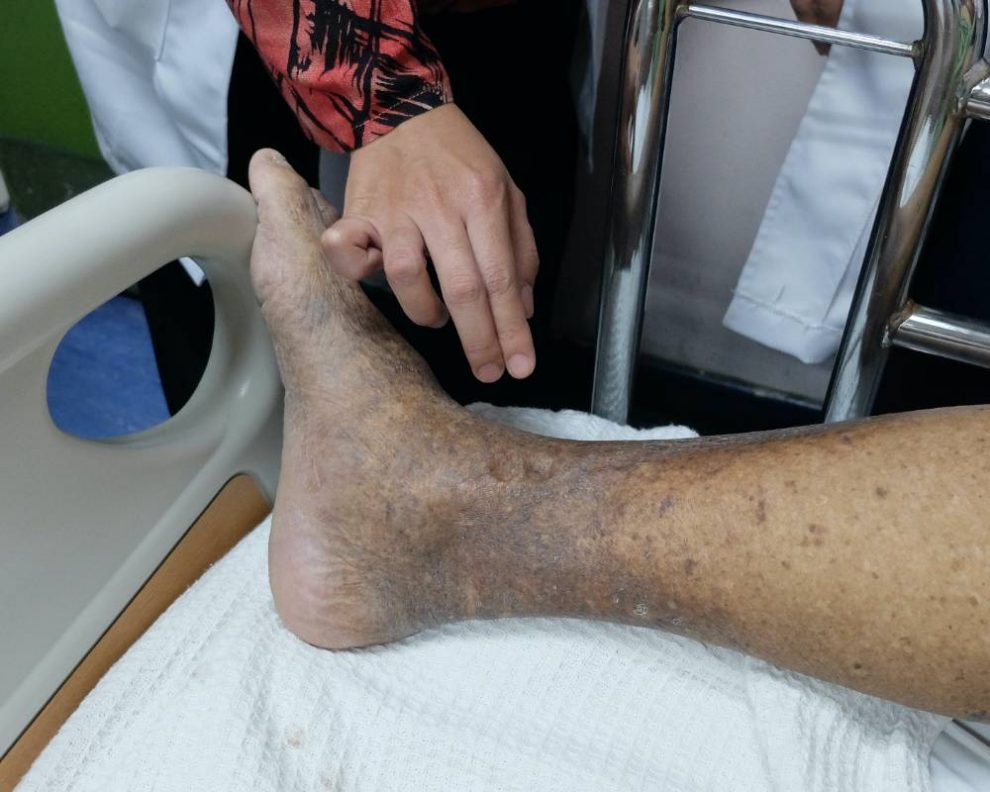Leg pain occurring during physical activities like walking or climbing stairs and improving after rest may signify peripheral artery disease (PAD). Over time you may experience this pain even while sleeping or sitting down. If your leg discomfort prevents you from enjoying your favorite activities, contact Dr. Nirav Patel in Yonkers for a comprehensive medical exam.
What is peripheral artery disease?
Peripheral artery disease refers to a circulatory health condition when your arteries become too narrow, interfering with blood flow to other body parts. Your limbs are affected the most, as they do not receive enough blood. Bad circulation may lead to symptoms such as claudication. Peripheral artery disease indicates atherosclerosis, accumulation of plaque in your arteries. You can treat it by adopting healthy lifestyle habits such as regular exercise, quitting tobacco use, and eating a balanced diet.
What symptoms indicate that you have peripheral arterial disease?
Most people diagnosed with peripheral artery disease experience mild or no symptoms, but some may experience leg pain during movement (claudication). Claudication may cause symptoms such as cramping or muscle pain in your legs. The location of your pain varies with the location of the narrowed artery. The severity of your discomfort may range from mild annoyance to stabbing leg pain. Severe claudication may limit your mobility, making it challenging to accomplish your daily tasks. Other symptoms of PAD include:
- Discoloration of your legs
- Leg weakness or numbness
- Erectile dysfunction in men
- Coldness in your lower leg
- Painful cramping in your hips after physical activities like walking
- Hair loss
- Weak pulse in your limbs
- Sow-healing vascular sores
- Skin rashes
- Leg heaviness
As the disease deteriorates, you may start experiencing leg cramping or pain while at rest. Severe PAD may deprive your tissues of oxygen, resulting in tissue death and non-healing ulcers.
How can your doctor diagnose peripheral artery disease?
Dr. Patel and his team at Premier Vascular conduct a catheter angiography to determine the severity of your condition. He may also use X-ray imaging to get a clear view of your arteries. He may inject a contrast dye to highlight your arteries and expose the severity of your atherosclerosis.
What are the available treatments for peripheral artery disease?
Your treatment plan may begin with adopting a healthy lifestyle and the use of prescribed medication to prevent further buildup of plaque. For severe cases, Dr. Patel may recommend the following procedures:
- Balloon angioplasty and stenting
During the procedure, Dr. Patel makes a small incision in one of your blood vessels and inserts a catheter. He then directs the catheter into the narrowed artery using real-time imaging and inflates a balloon which restores blood circulation. He may use a stent to keep the artery open and prevent the progression of atherosclerosis.
- Atherectomy
If balloon angioplasty is ineffective, he may recommend atherectomy. This procedure involves using a catheter with a shaving device that scrapes the fatty deposits.
If you suspect that you have PAD, call the Premier Vascular office or book your spot online for diagnosis and treatment.







